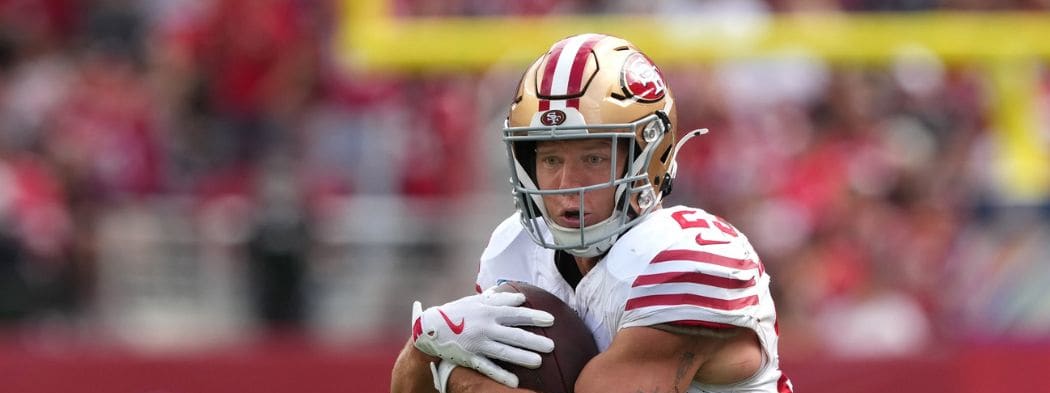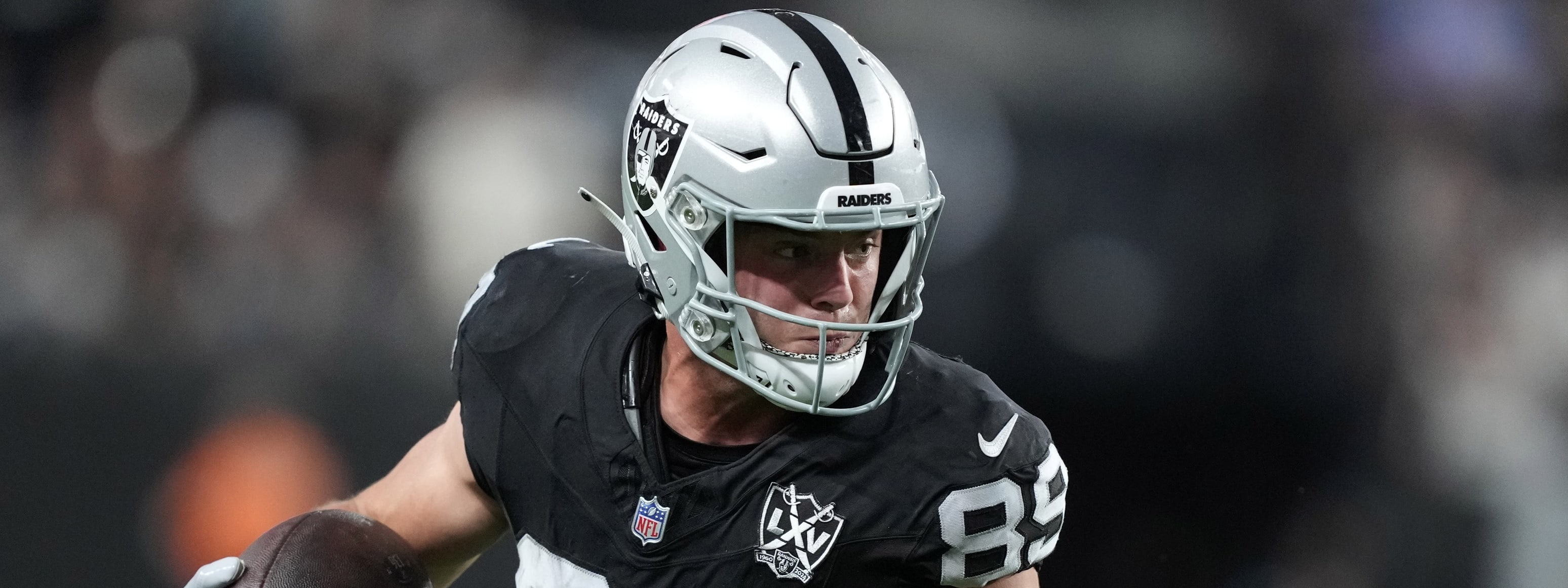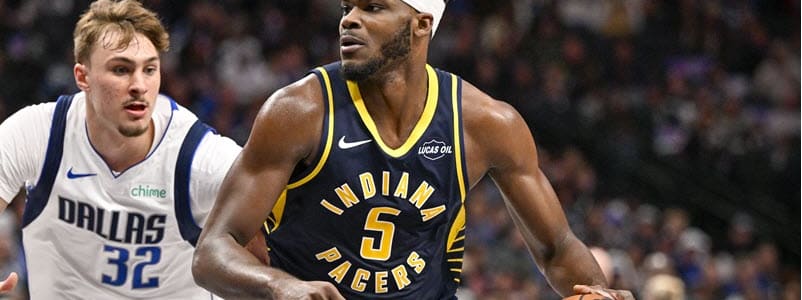
Friday's free expert NBA bets include leans on Pascal Siakam going up against the Atlanta Hawks and Evan Mobley facing the Toronto Raptors.

The bet365 refer a friend bonus ROTOWIRE gets you up to $500 in bonus bets annually, just by referring new friends. Check out our complete breakdown of the bet365 referral bonus here.

While sports betting isn't legal just yet in the Golden State, you can find the best legal California sportsbooks that you can bet with right now!

Ryan Belongia provides his Week 9 Chalkboard Pick 'em selections. He is high on Raiders TE Brock Bowers, who is back to 100 percent after a month-long absence.

Get the best NBA betting promos and bonuses for all of the basketball action! Learn about exclusive NBA betting promo codes and how to claim them.

Nick Whalen joins VSiN Friday morning to talk best bets for NFL Week 9. They start with Steelers Colts, where Indy and Daniel Jones seems appealing at -3.

Expert CFB DFS picks for Saturday's main slate, including Julian Sayin as he and the Buckeyes play host to a struggling Penn State squad.

You can get a 100% deposit match up to $500 with the Bleacher Nation Fantasy promo code ROTO. Learn more about the BN Fantasy promo code here.

You can get $50 in Novig Cash just by spending $5 in prediction markets with the Novig promo code ROTOWIRE. Learn more about the Novig promo here.

Unlock $60 in bonus entries when you sign up and register right now using the FanDuel Picks promo code. Claim the FanDuel Picks promo for the NFL, NBA & more.

Claim $50 in bonus picks when you sign up and register right now using the exclusive DraftKings Pick 6 promo. Claim the DraftKings Pick 6 promo for today's NFL games & more.

Premier League GW10 betting breakdown with top locks, best value plays, and upset picks ahead of this weekend’s matches.

Despite loads of injuries in San Francisco, RotoWire's Mike Barner explains why Christian McCaffrey is a great play during Sunday's NFL main slate on FanDuel.

Week 3 fantasy basketball waiver wire pickups: Nickeil Alexander-Walker benefits from Trae Young injury, Jake LaRavia explodes for Lakers, Josh Minott starts for Celtics. Best adds analyzed.

Discover which MLB batters delivered the most value in 2025—ranked by WAR and salary. See who offered the best bang for your buck this season.

The best Arbitrage Betting Finder tool is at OddsJam! Get a 7-day trial to OddsJam today to find arbitrage betting opportunities quickly.



